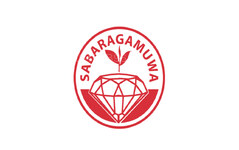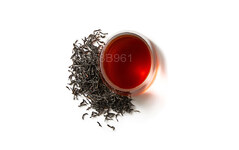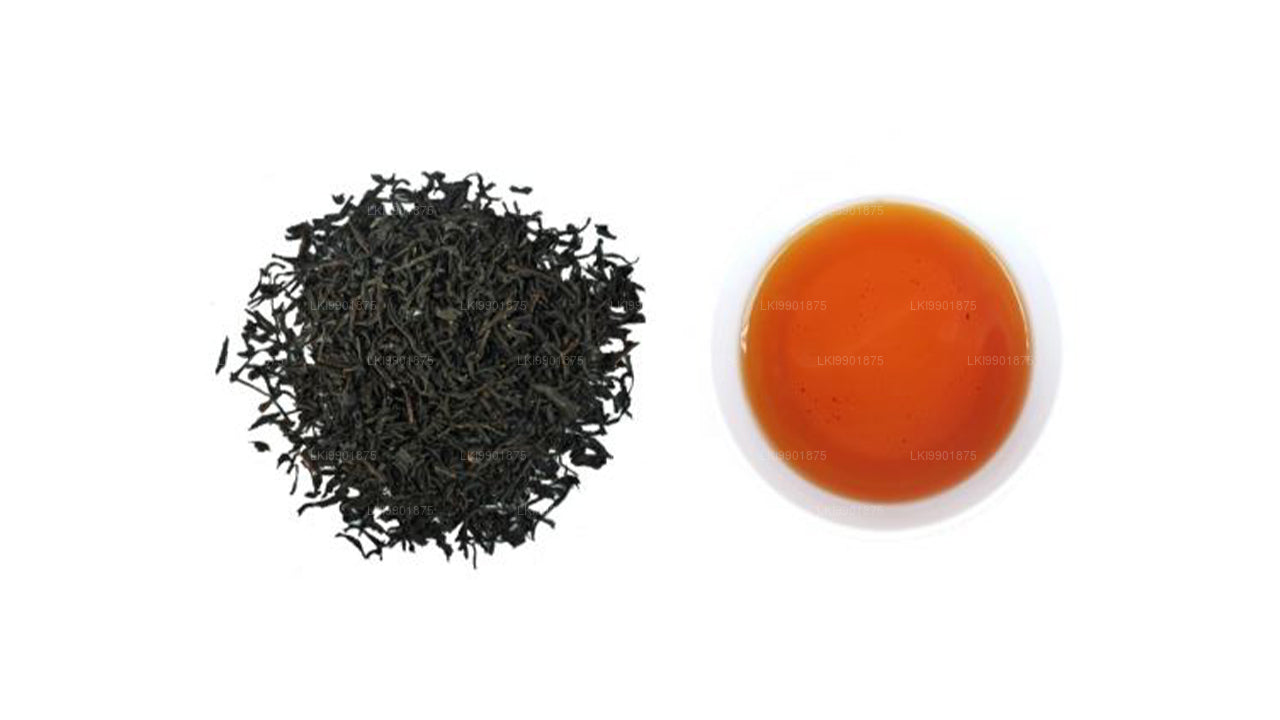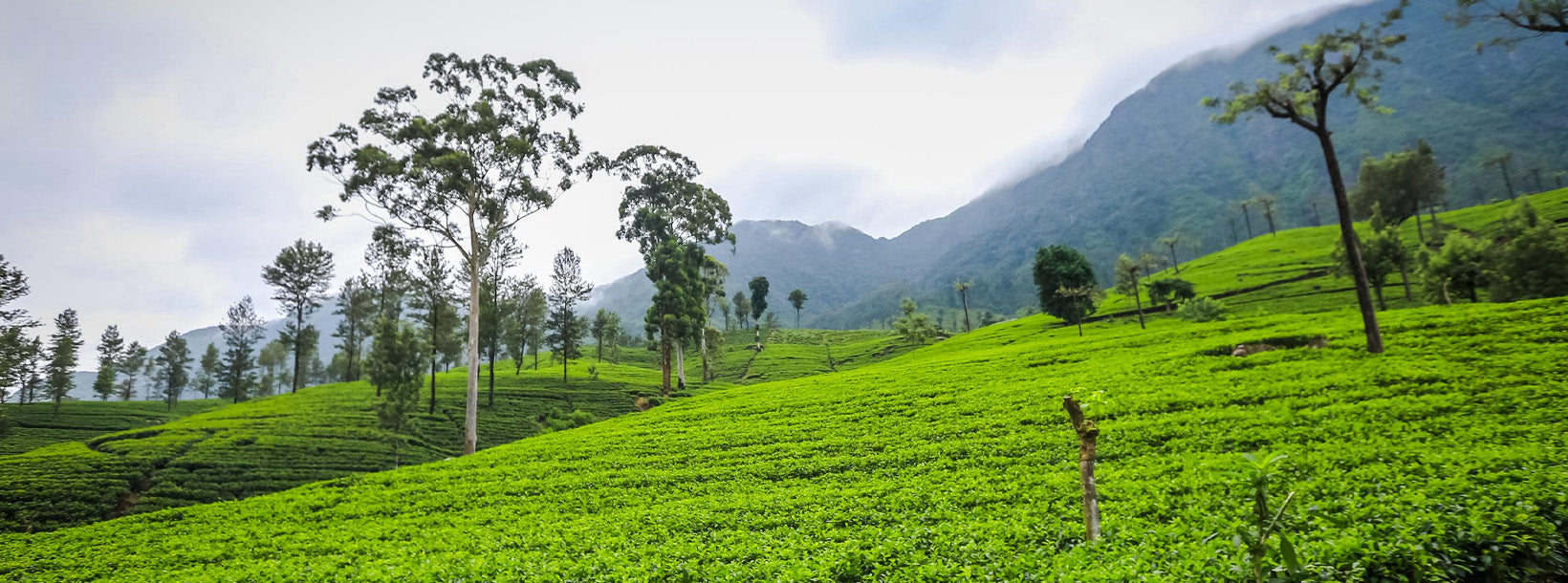
Teplantager
Sri Lankas teplantager, främst belägna i de centrala högländerna, är kända för att producera några av världens finaste teer. Dessa frodiga plantager, som de i Kandy, Nuwara Eliya och Hatton, erbjuder natursköna landskap och en rik historia. Plantagerna bidrar avsevärt till landets ekonomi och exporterar högkvalitativt Ceylon-te över hela världen.
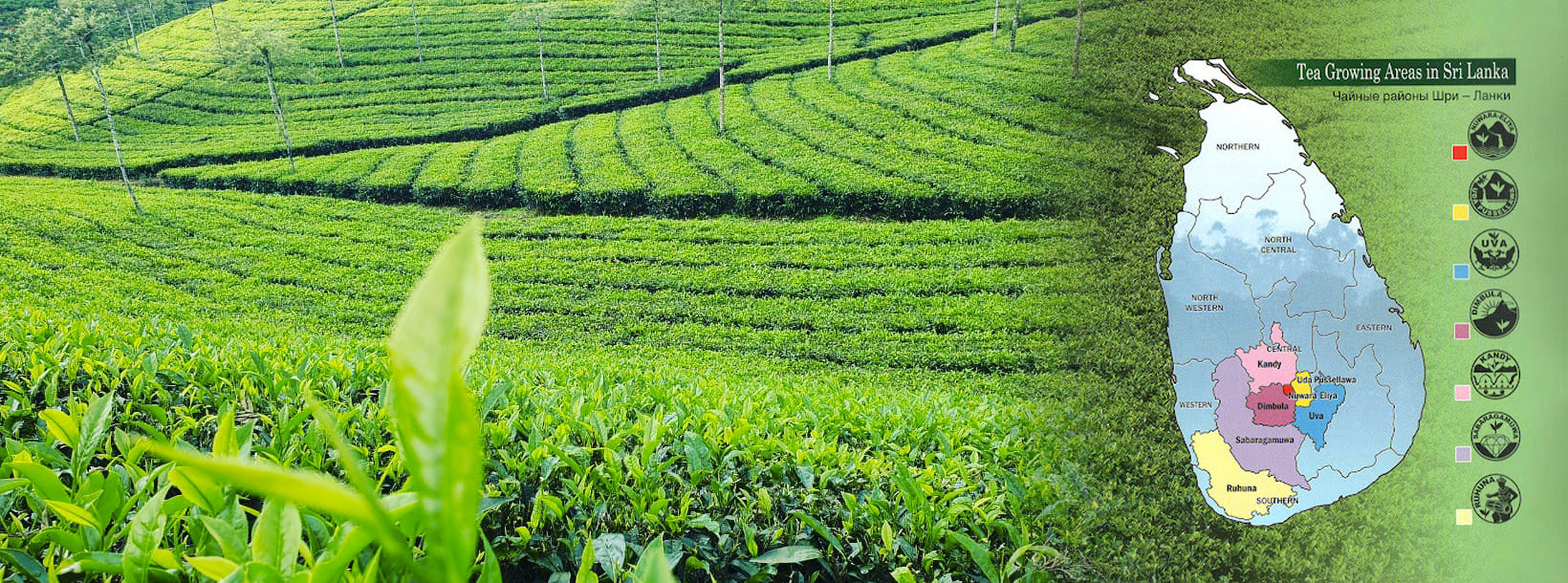
Ceylon teregioner
Brygden i din kopp har en historia att berätta. Den talar om böljande kullar, rikligt med solsken och frodiga provinser. I Sri Lanka produceras det mesta av teet i de centrala och södra provinserna. Varierande höjder och mikroklimat påverkar den distinkta smaken, färgen, aromen och säsongsbetoningen hos Ceylon-te.
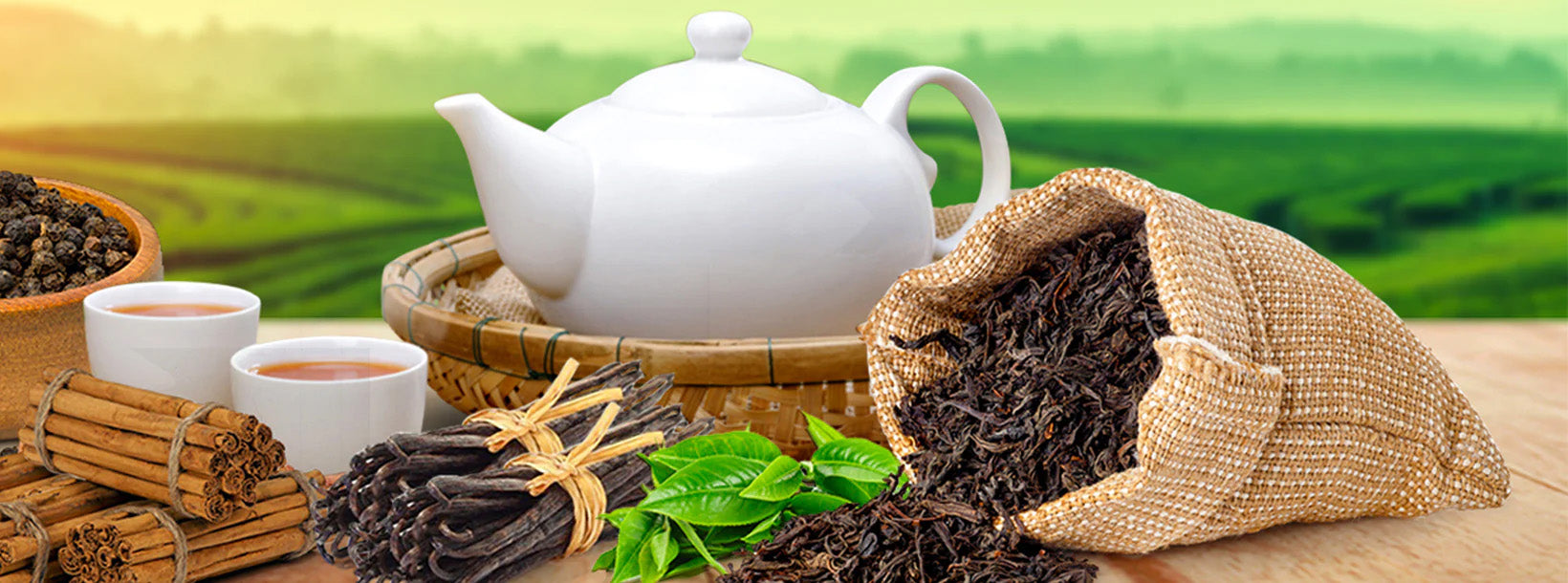
Ceylon svart tekvaliteter
Ceylon-te, som vi nu känner till, finns i olika varianter, som har unika smaker och aromer. Förutom de olika teerna finns det även olika grader som Ceylon-te har delat in.
Sabaragamuwa Tea
Sabaragamuwa is one of the biggest tea-growing regions in Sri Lanka. This growing region covers the western and southwestern and central mountains of the country.
The teas of Sabaragamuwa, in other words, Ruhuna, are mainly low-grown. all the estates range in elevation from sea level to around 2,500 feet.
The highest estates lie just below the boundaries of the Sinharaja and Peak Wilderness nature reserves. the environment consists of rainforests, cloud forests, and high grassy plains in this region.
As a result, they produce tea of a somewhat different character to that grown at lower elevations in the district. And also, some of these estates receive the highest rainfall of any in the plantation districts.
Other upper Sabaragamuwa estates receive some weather from the nearby Uva climatic system. Therefore, they produce in an entirely different way.
Sabaragamuwa produces a fast-growing bush with a long leaf, very black when withered, and well suited for ‘rolling’ (see manufacturer). The liquor, too, is similar to that of Ruhuna tea, dark yellow-brown with a reddish tint in the dry season, though lightening somewhat with altitude.
However, the ‘nose’ or aroma, is noticeably different from the Ruhuna product, with a hint of sweet caramel, and not quite as strong as the latter. The flavor, too, is strongly marked, especially with respect to low-grown examples.
These are general comments, However, and need not apply to all teas produced in Sabaragamuwa. The districts contain a number of sub-districts such as Ratnapura, Rakwana, Kaltura, Matara & Weligama close to the Southern coast.

